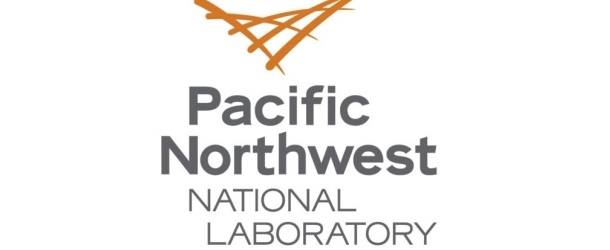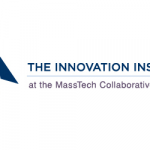Simulating a quantum future at Pacific Northwest National Labs (PNNL)

(PNNL,News.gov) Researchers at Pacific Northwest National Laboratory (PNNL) are developing simulations that provide a glimpse into how quantum computers work in order o overcome the limitations of current quantum computers. PNNL has released a news announcement about this effort and IQT-News summarizes below.
“When we try to directly observe the behavior of quantum systems, like qubits, their quantum states will collapse,” said PNNL Computer Scientist Ang Li. Li is also a researcher for the Quantum Science Center and the Co-Design Center for Quantum Advantage—two of the five Department of Energy National Quantum Information Science Research Centers. “To get around this, we use simulations to study qubits and their interaction with the environment.”
Li and collaborators at Oak Ridge National Laboratory and Microsoft use high performance computing to develop simulators that mimic real quantum devices for executing complex quantum circuits.
Recently, they combined two different types of simulations to create the Northwest Quantum Simulator (NWQ-Sim) to test quantum algorithms:
1) Algorithms for quantum computers:
Wiebe and collaborators from the University of Washington developed novel algorithms to correct for these errors in certain types of simulations.
“This work provides a cheaper and faster way to perform quantum error correction. It potentially brings us closer to demonstrating a computationally useful example of a quantum simulation for quantum field theory on near-term quantum hardware,” said Wiebe.
2) Dark matter meets quantum computing:
Physicist Ben Loer and his colleagues look to the environment to control external sources of noise. Loer uses his background in achieving ultra-low levels of natural radioactivity—required to search for experimental evidence of dark matter in the universe—to help prevent qubit decoherence.
“Radiation from the environment, such as gamma rays and X-rays, exists everywhere,” said Loer. “Since qubits are so sensitive, we had an idea that this radiation may be interfering with their quantum states.”
To test this, Loer, project lead Brent VanDevender, and colleague John Orrell, teamed up with researchers at the Massachusetts Institute of Technology (MIT) and MIT’s Lincoln Laboratory used a lead shield to protect qubits from radiation. They designed the shield for use within a dilution refrigerator—a technology used to produce the just-above-absolute-zero temperature necessary for operating superconducting qubits. They saw that qubit decoherence decreased when the qubits were protected.
PNNL supports a broad range of quantum-related research.
PNNL also partners with other institutions in the Pacific Northwest to accelerate quantum research and develop a quantum information science-trained workforce through the Northwest Quantum Nexus (NQN). Additionally, the NQN hosts a seminar series featuring leaders in quantum research. The NQN synergizes partnerships between companies, such as Microsoft and IonQ, as well as the University of Oregon, the University of Washington, and Washington State University.
“PNNL’s cultivation of both industry and university collaborations are building a foundation for quantum computing in the Pacific Northwest that sets the stage for future hybrid classical-quantum computing,” said James (Jim) Ang. Ang is the chief scientist for computing and PNNL’s sector lead for the Department of Energy (DOE) Advanced Scientific Computing Research program.
Sandra K. Helsel, Ph.D. has been researching and reporting on frontier technologies since 1990. She has her Ph.D. from the University of Arizona.



















